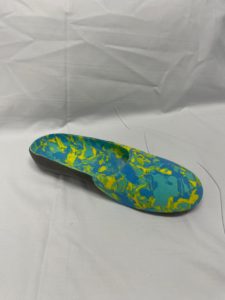Prosthetic Foot & Ankle The human foot-ankle is a very complex functional unit. It provides…
Diabetes is a serious complex condition that can affect the entire body, more specifically we cover diabetic foot care and how it can affect you. Diabetes requires daily self-care and if complications develop, diabetes can have a significant impact on quality of life and can reduce life expectancy. Your feet are at risk because diabetes can cause damage to the nerves in your feet, blood circulation, and infection. Having diabetes can increase your risk of foot ulcers and amputations. This damage is more likely if:
If your diabetic foot develops a wound this is known as an ulcer. If a diabetic foot ulcer is left untreated it can lead to an infection known as osteomyelitis inside the body/bone. Early and accurate diagnosis is necessary to ensure effective treatment and to reduce the likelihood of amputation. Improper diabetic foot care can increase the likelihood of amputation and is 15 times more common to occur in people with diabetes.
If you see any of the following- get medical treatment that *day*
If you see any of the following- get medical treatment within 7 days
If you have had a partial foot amputation you can have a prosthesis custom made to suit your needs. This can also be called a ‘toe filler’ or bootie. The prosthetic device restores the anatomical shape of the foot and can be designed to reduce pressure and restore balance. Speak to your prosthetist about options best suited to you.



Sign up to our newsletter to keep in the loop with the latest news from APC Prosthetics
